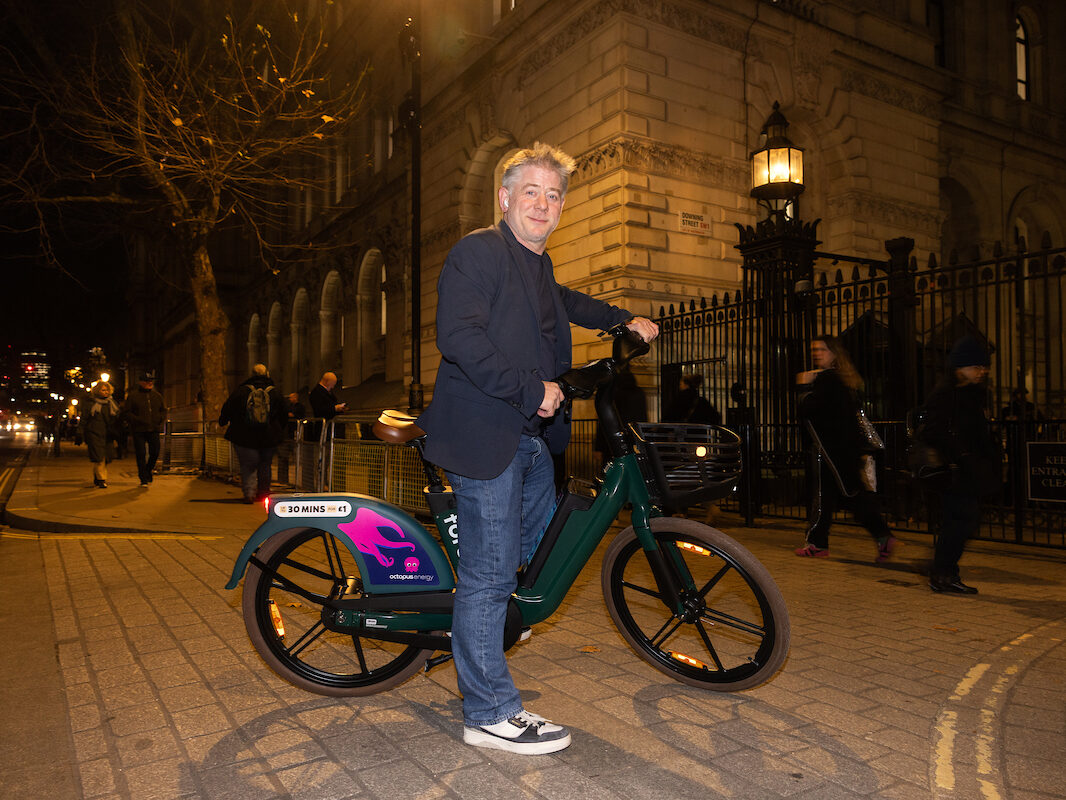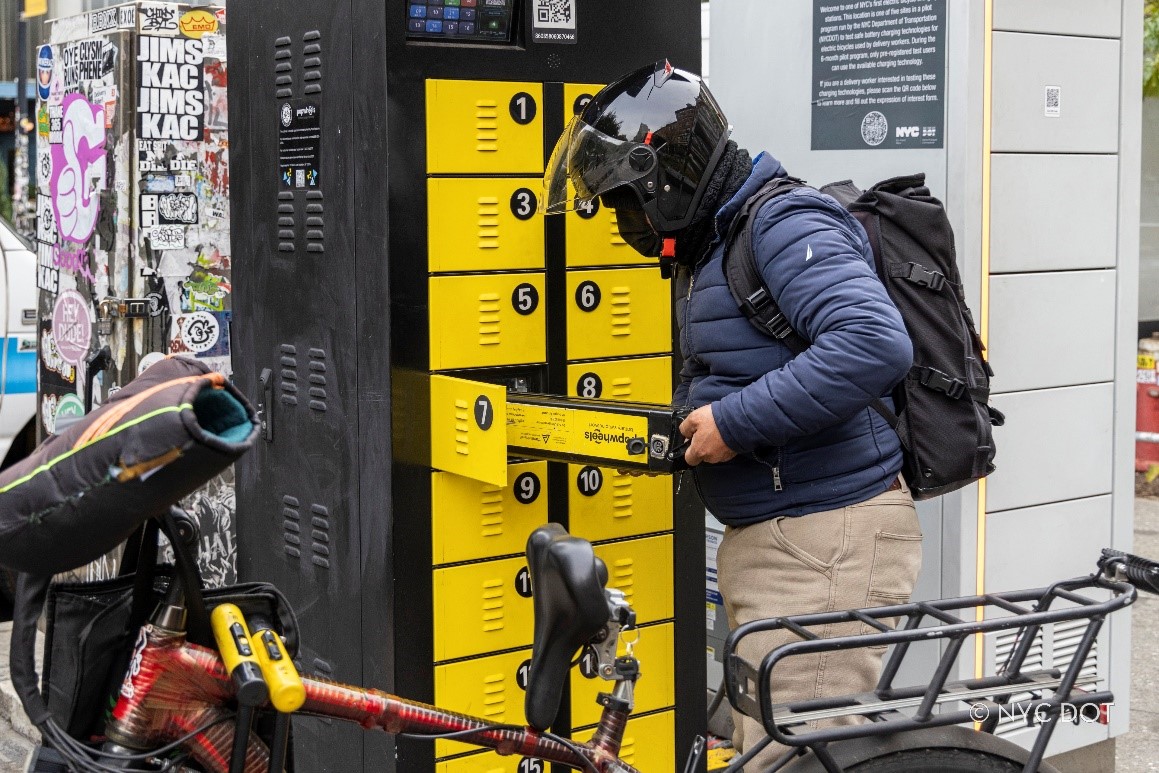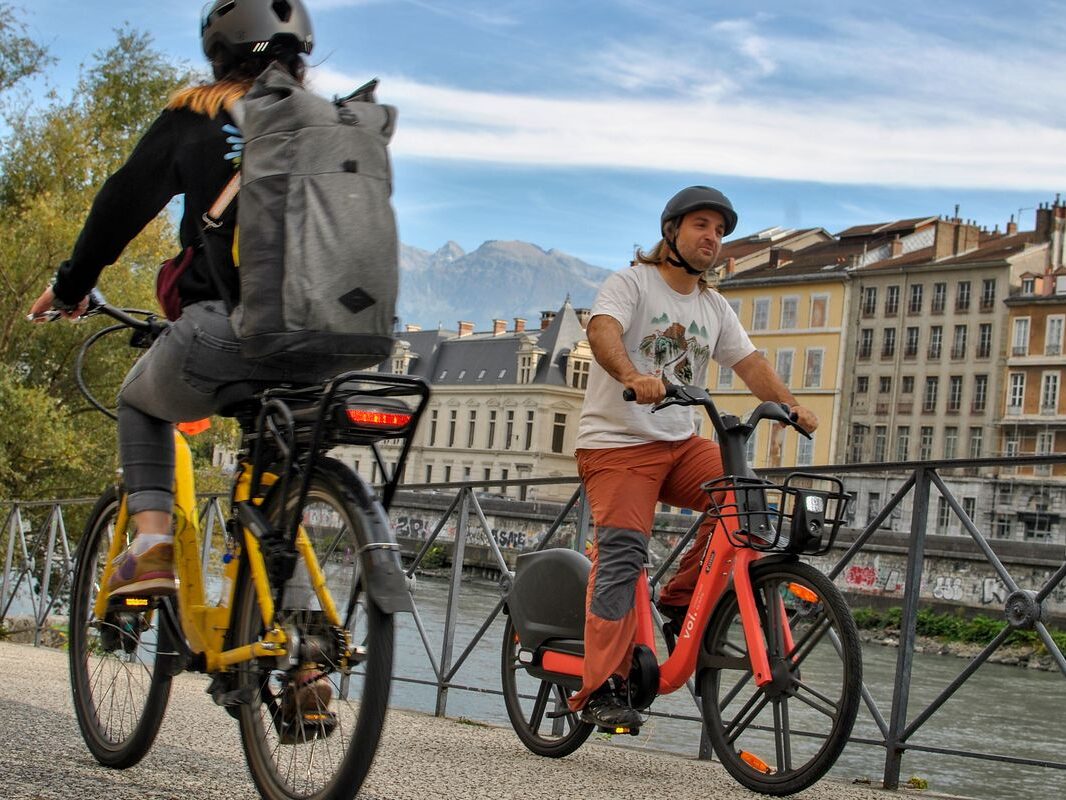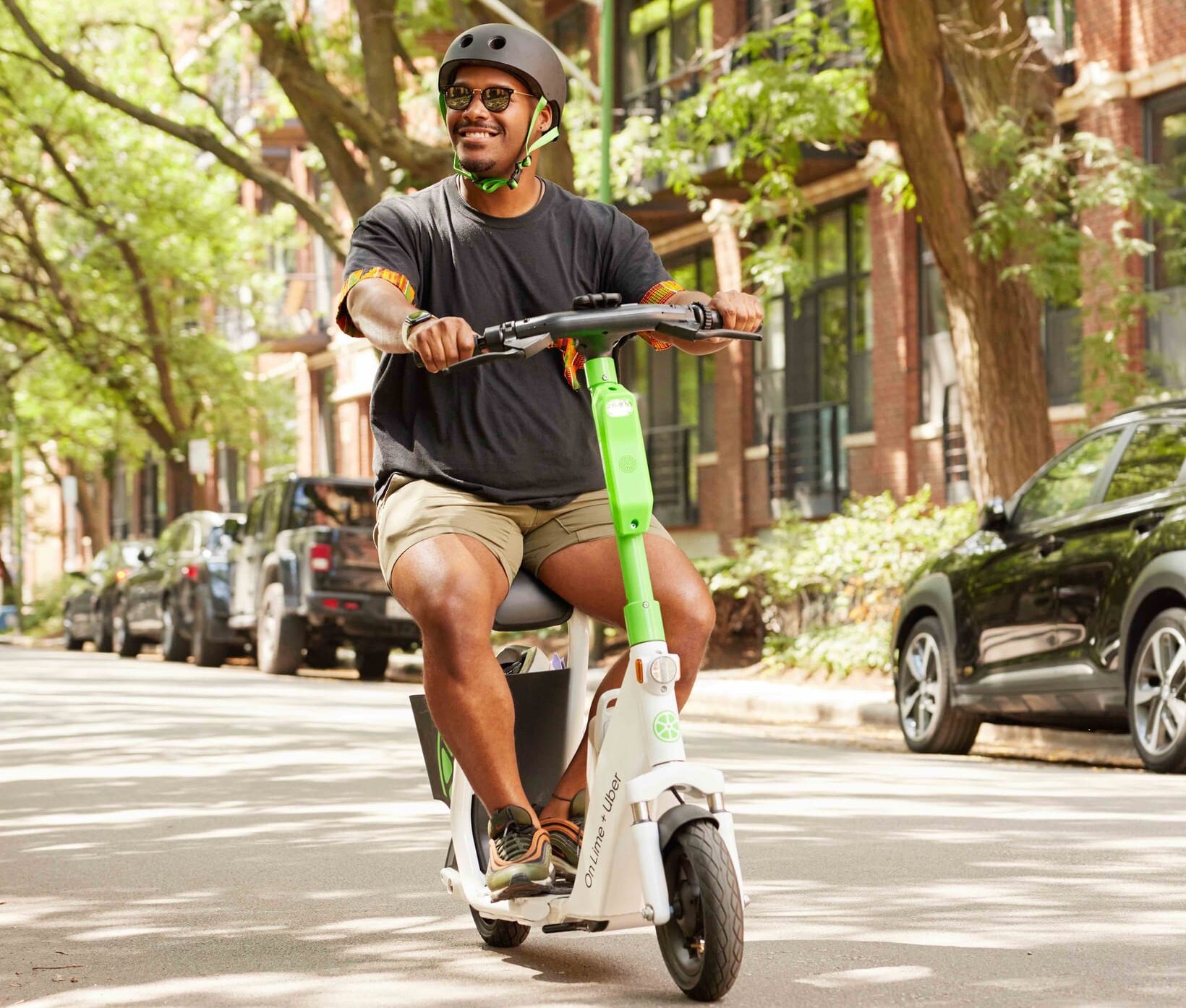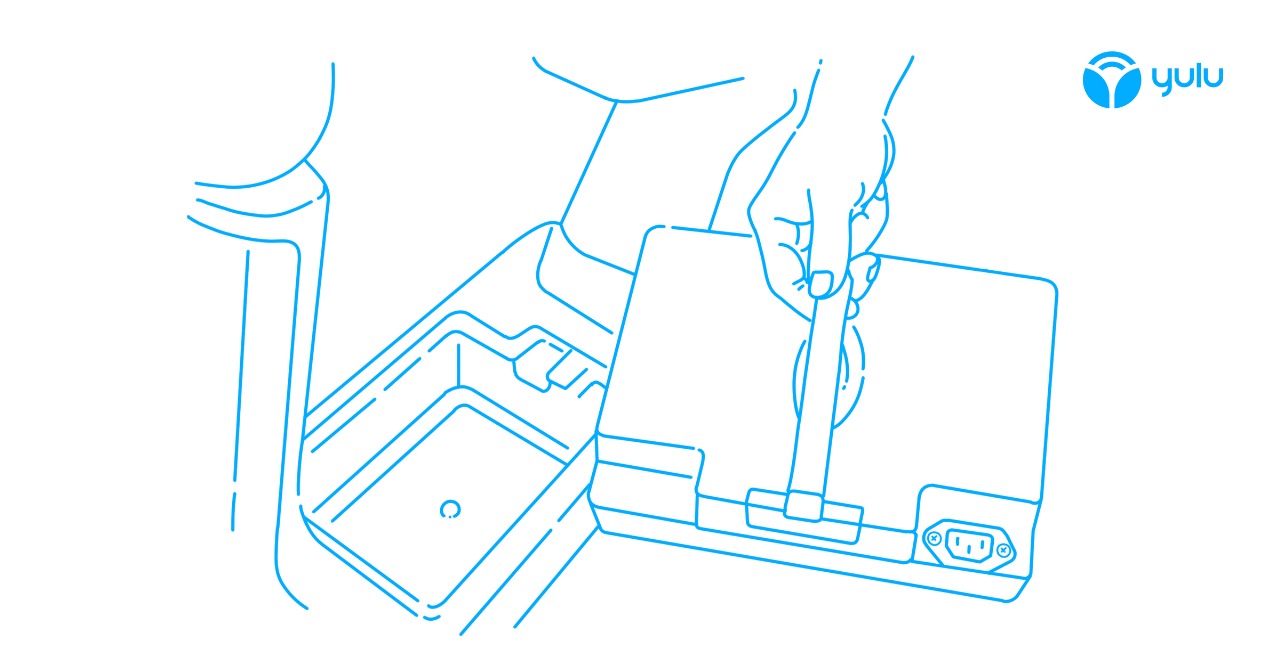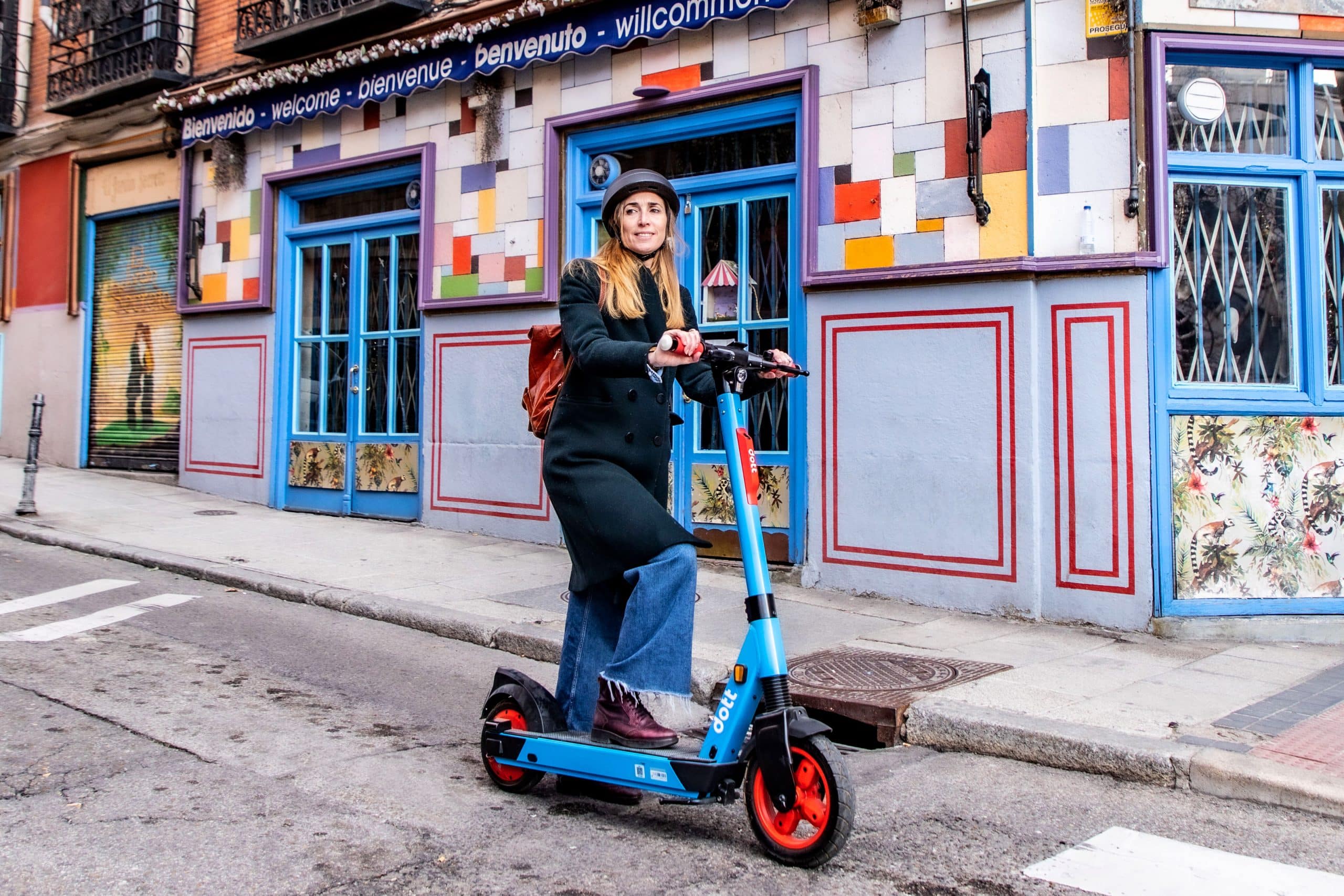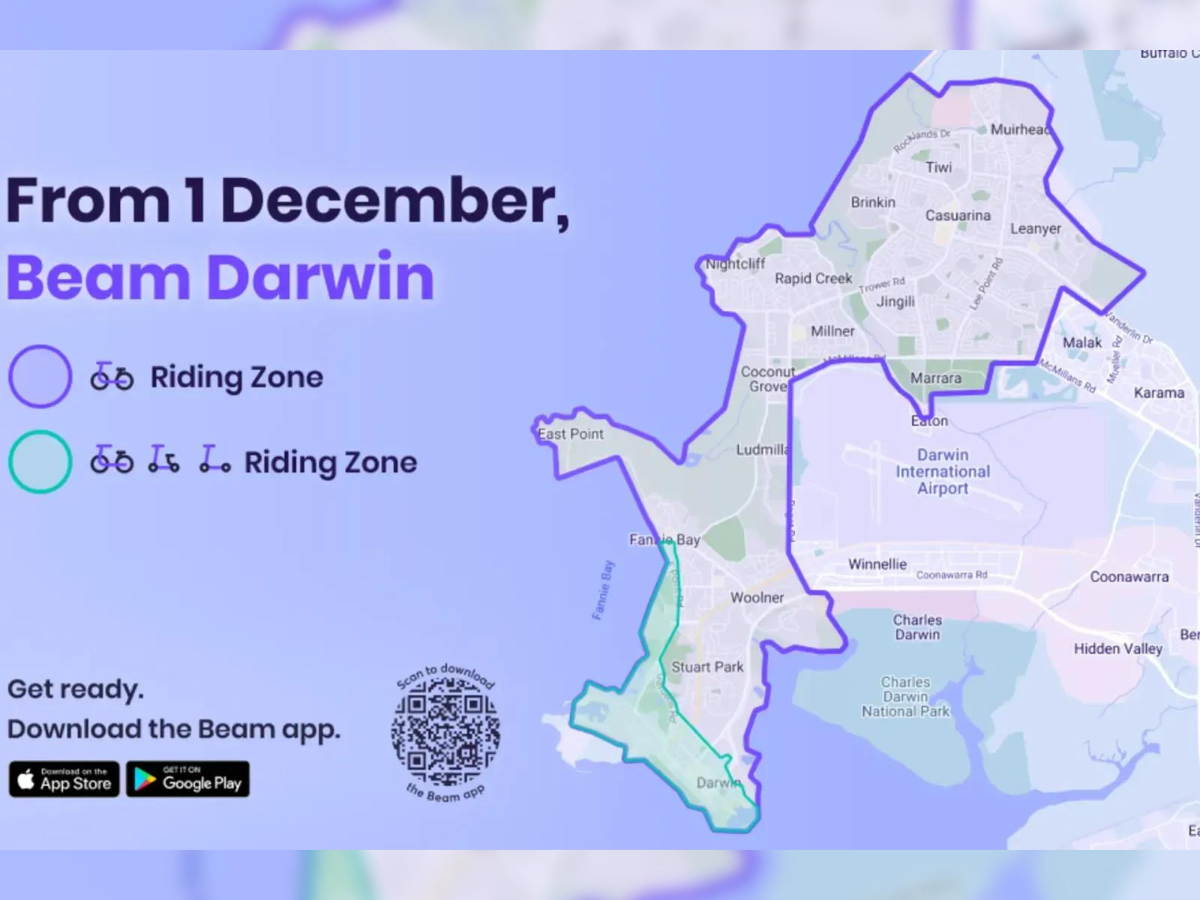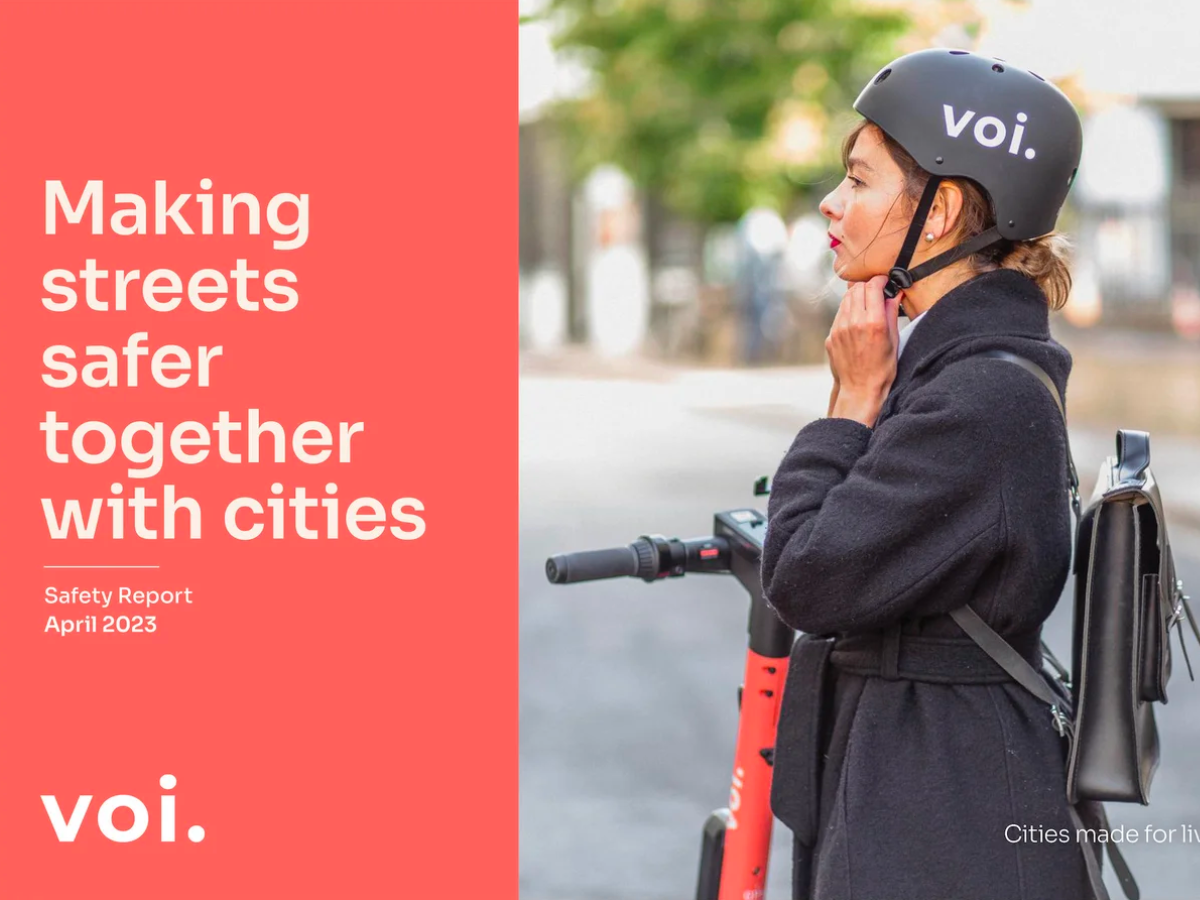On 26 October, a panel discussion at Global Mobility Call looked at the adoption of micromobility in cities and the challenges that mobility providers may face.
The panel began by noting that mobility companies all share the same goal: to provide solutions in an efficient, sustainable and affordable way in response to user demands.

The micromobility ecosystem faces many challenges, including regulation, fleet management, profitability and relationships between users.
Alex Sprey, Head of Business Operations at TIER Mobility, argued that the best model for micromobility is proactivity. He stated that to overcome these challenges at both operator and user levels, micromobility providers must take proactive measures such as regulating space, limiting the number of operators, implementing orderly parking, and enforcing safety and sustainability.
In recent months, micromobility providers globally have been proactive in rolling out regulations and technologies. For example, in 2023:
- Beam introduced its Pedestrian Shield footpath detection and speed-limiting technology in Victoria, Australia
- Voi partnered with mobility safety specialist, Flare to equip its micromobility vehicles with incident detection technology
- TIER Mobility trialled its pavement and tandem-riding detection technology in London, UK
Physical infrastructure
Sprey pointed out that there is a high correlation between the physical infrastructure of the city and the adoption of micromobility.
The better the infrastructure, the more people will use e-scooters, e-bikes and other micromobility vehicles instead of private cars. For example, users are more likely to cycle when dedicated bike lanes are available, compared to shared bike lanes or no segregated bike lanes at all.
Maria Trinidad Hernández Méndez, Deputy Mayor Mobility Delegate of the Malaga City Council, added that we must make a distinction between driving and parking when discussing physical infrastructure.
Driving infrastructure relates to traffic. An increase in micromobility adoption could lead to fewer private cars and, therefore, less traffic and a safer journey for micromobility users. Less traffic may also lead to an increased number of pedestrian-only streets.
Parking infrastructure relates to the allotted spaces for parking micromobility vehicles. These spaces are often open-air racks for short-term docking or covered pods for longer-term storage.
If parking availability is poor or infrequent, vehicles can be left improperly parked in the street, which was highlighted as an issue in a 2022 survey about micromobility parking. Improper parking can pose a risk to pedestrians, especially those with reduced mobility.
Antonello Curcuruto, Managing Director of Ligier Group Italia and Driveplanet España, argued that charging infrastructure is another key physical infrastructure challenge for micromobility.
He noted that many countries including Spain, Italy, Portugal and Greece are facing issues with e-mobility charging, especially concerning mass commercial use such as last-mile delivery.
Oftentimes, cities have a higher number of electric vehicles than available charging points, which is unsustainable for the increasing adoption of e-mobility and micromobility. Antonello emphasised that all users need appropriate charging infrastructure and power can be particularly problematic for an entire fleet of delivery or shared vehicles, or in a city centre with multiple operators.
Digital infrastructure
Alex Sprey discussed how micromobility’s full potential comes from the integration of this physical infrastructure (dedicated bike lanes, parking spaces, charging points, etc.) with digitalisation and digital infrastructure.
Authorities, operators and investors should place importance on digital infrastructure services, such as Mobility-as-a-Service (MaaS) apps. As Sprey mentioned, this is challenging as it requires commercial alignment across the different players in the field, as well as synergy between private and public companies. Mobility providers would need to work together to create a seamless experience.

During another panel at Global Mobility Call concerning the digitalisation of public transport, Sonia Segade, Head of Technical Transformation at Renfe, noted that when we think of good customer service, we think of apps and online consumerism.
From both an operator and user perspective, an integrated digital service (e.g. a Mobility-as-a-Service app) that includes shared micromobility would significantly benefit the mobility experience. Customer service starts from the beginning of the value chain and operators need to manage demand, anticipate customer needs and analyse the right data.
To close the panel, the speakers reiterated that micromobility is still a fairly new option. Consequently, listening to citizens’ concerns is crucial for taking a proactive approach to overcoming challenges, increasing safety and sustainability, and promoting adoption on a wider scale.



